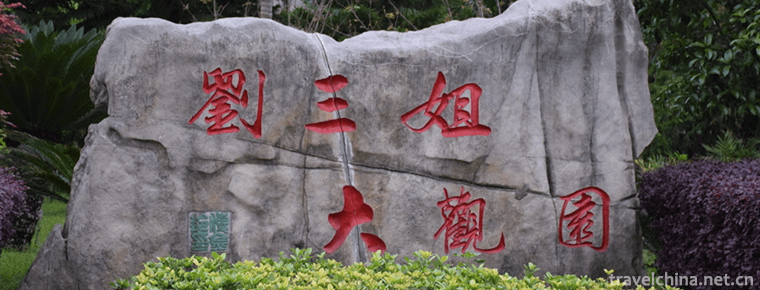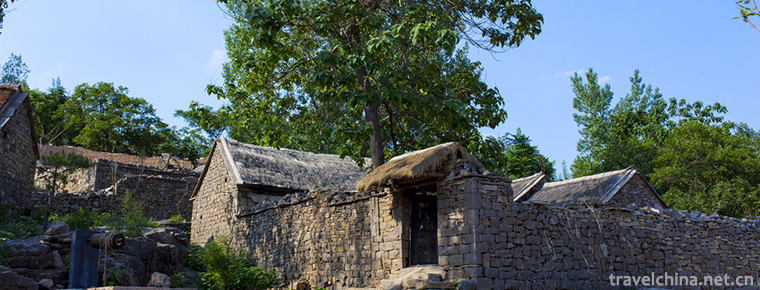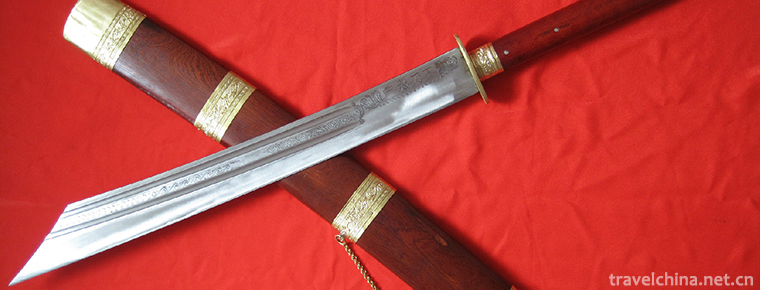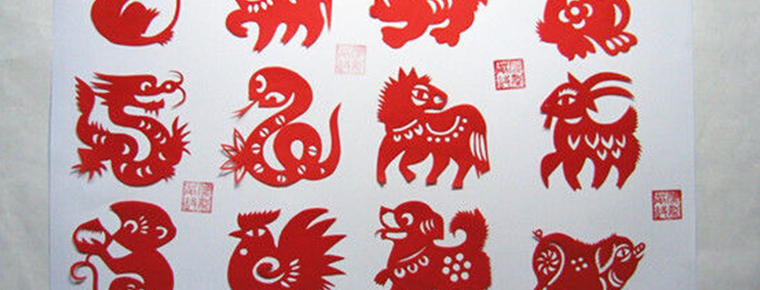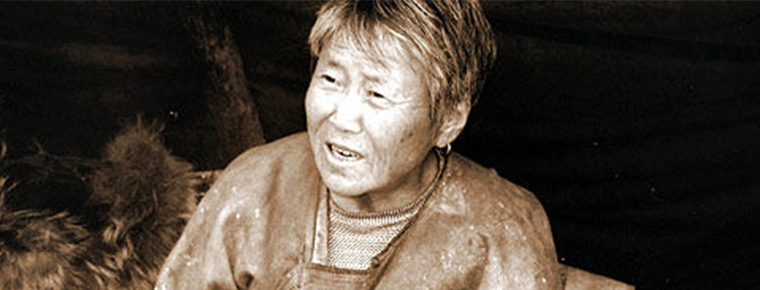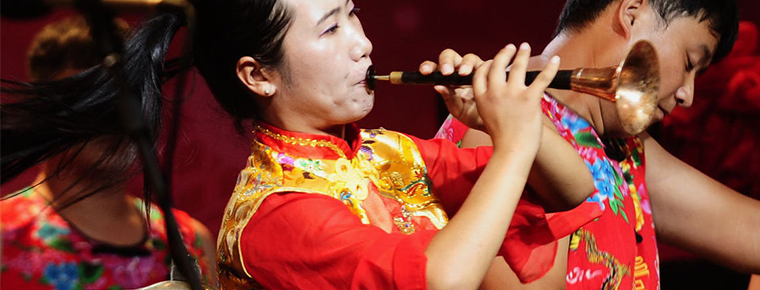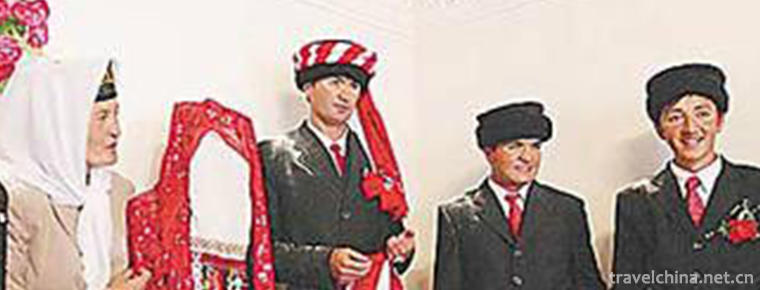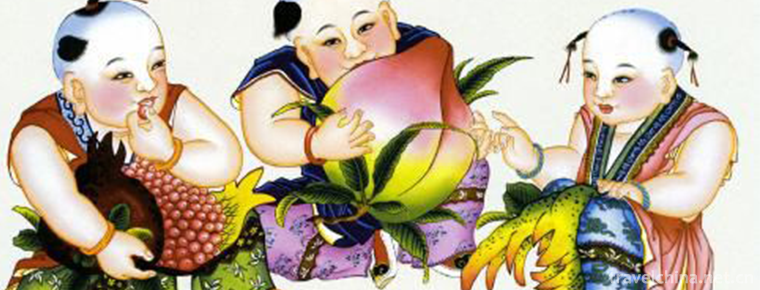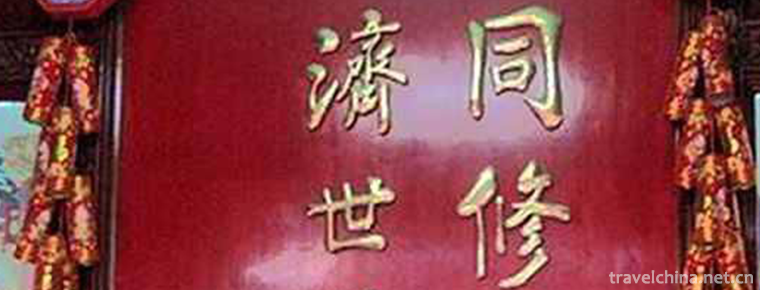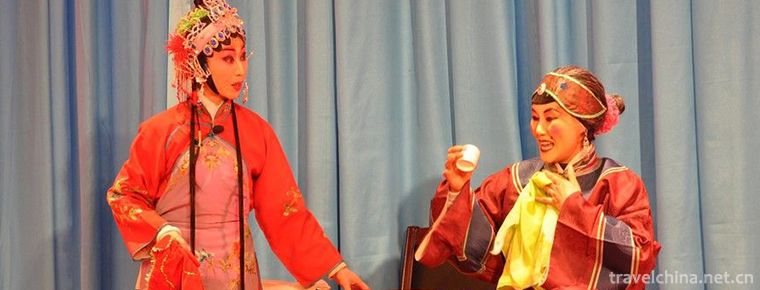Shuhe Ancient Town
Shuhe ancient town, Naxi language called "Shaowu", because the village after the gathering of Baoshan like a pile of peaks, to mountain village, spread mutation, meaning "village under the peak," is one of the earliest settlements of Naxi ancestors in Lijiang Bazi, is an important well-preserved town on the ancient tea-horse road.
It is also a living specimen of Naxi ancestors'transition from agricultural civilization to commercial civilization, and a model of market town construction formed by opening to the outside world and the activities of horse gangs. Shuhe is an important part of the world cultural heritage Lijiang ancient city. It was selected as CCTV "China Charming Town" in 2005.
The ancient town of Shuhe is located at 26 degrees north latitude 55 minutes, 100 degrees east longitude 12 minutes. The ancient town of Shuhe is situated near the mountains and rivers, with its houses scattered in all directions, facing the rural terraces and strangers; the Yulong in the north, the Xiangshan in the southeast, and the Wenpen in the southeast, with its changing scenery, especially the two springs at the head of the village, one of which is called the Jiudinglong Pond, also known as the Longquan. At the core of all the scenic spots in Lijiang, it is the key point to visit the ancient city of Lijiang, Yulong Snow Mountain, Lugu Lake, the first bay of the Yangtze River and the scenic spot of the three parallel rivers.
From the ancient city of Lijiang to the north, about four kilometers along the road to the east of Zhongji Sea, we can see a dense village at the foot of the hills on both sides, which is called Shuhe ancient town of Qingquan Town. When Xu Xiake traveled to Zhishan to get rid of the forest, he once walked this way. In his account, he wrote: "After a dry stone bridge, looking west into the Zhonghai Sea, Liu Shaanbo lingering, there is a big settlement on it, is the Tenth Harmony Court." "Ten harmony" is the ancient name of the ancient town of Shuhe today. The ancient tea-horse road, which opened in the Tang Dynasty, traveled from southern Yunnan to Lhasa, Tibet via the Lijiang River. Its operation and development in the Tang, Song, Yuan, Ming and Qing Dynasties promoted the economic and cultural exchanges among the people of all ethnic groups along the line. Shuhe is the well-preserved post station in the Bazi of Lijiang River. It was listed as an important ancient city of Lijiang in 1997 as a "world cultural heritage". Component.
Enter Shuhe Village, you can go straight to Shuhe Central Market, where you will have a sense of deja vu, this is a similar to Dayan Town ancient city square street square, an area of about 250 square meters, also known as Shuhe Square Street, the day of the market is very busy, was Lijiang fur trading distribution center. The square is surrounded by shops, old wooden facades, dark red paint. There are black and bright bluestones in front of the shop, mottled stone slopes at the foot of the road, and idle old people, outlining the simple nature of the Shuhe River. Standing in the center of the square, you carefully observe the experience, Dayan ancient city square street is completely a copy of Shuhe, the Naxi people from nomadic to farming, and then to the city, from here you can find some traces. Walk along Shuhe Street 100 meters north, you can find the source of the stream, "Jiuding Longtan", the water is transparent and clear, day and night spring, Shuhe people regarded as a divine spring, so built Longquan Temple. There is no difference between the temple furnishings and other temples in the ancient city. Instead, there is a "three holy palaces" Pavilion in the corner of the water. It is a traditional quadrangle, where the cobbler's grandfather is worshipped. Because it is the pride of Shuhe people, there are many skilled craftsmen making leather, but also an important place for fur distribution.
Out of the Shuhe ancient town to the north, there is a vast wilderness, in front of a cluster of trees, hidden an ancient cottage, Naxi ancestors across the Jinsha River, from the snowy mountains south into the Lijiang Dazi, is in the wilderness to create their early civilization.
Shuhe and Baisha were the earliest settlements of the Naxi ancestors, and also the birthplace of Mu's chieftain. Here is a collection of historic sites. You can feel a more primitive Shuhe in the north of Lijiang.













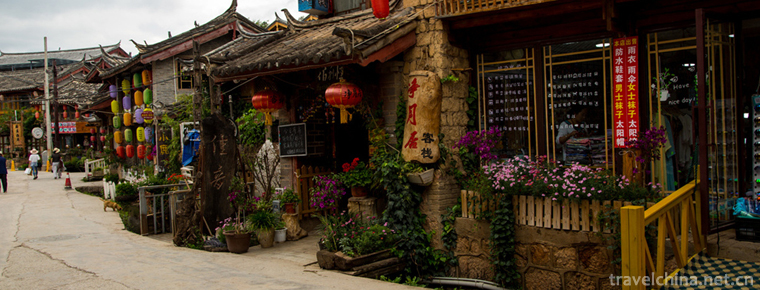
-
Liu Sanjie s Grand View Garden
Liu Sanjie Grand View Garden, formerly known as Guilin Liu Sanjie Landscape Garden, is located on the Peach Blossom River in Guilin City, Guangxi Zhuang Autonomous Region. It covers an area of more th.
Views: 144 Time 2018-12-26 -
Jiangyou Dou Meishan Scenic Area
Dou Meishan Scenic Spot is an important part of Jianmen Shudao National Scenic Spot. It is 25 kilometers north of Jiangyou City and 170 kilometers away from Chengdu.
Views: 153 Time 2019-01-21 -
Little wild goose pagoda
Xiaoyan Pagoda is located in the Jianfu Temple of Anrenfang, Chang'an City, Tang Dynasty (now the southern suburb of Xi'an City, Shaanxi Province), also known as the "Jianfu Temple Pagoda"..
Views: 204 Time 2019-02-25 -
Yimeng Red Film and Television Base
Yimeng Red Film and Television Base, located in Changshan Villa, Ma Muchi Township, Yinan County, Linyi City, Shandong Province, was built in 2009. It is a comprehensive tourist area.
Views: 164 Time 2019-03-03 -
The Forging Skill of Achang Husha Knife
Achang household knife forging technology, Yunnan Dehong Dai Jingpo Autonomous Prefecture Longchuan County household Sa Township traditional handicraft, one of the national intangible cultural heritag.
Views: 190 Time 2019-03-28 -
Traditional fine arts
China's traditional art heritage is extremely rich and brilliant. Traditional art painting, calligraphy, music, dance, opera, gardens, architecture, sculpture, arts and crafts, traditional cuisine and.
Views: 116 Time 2019-04-19 -
Mosukun of Oroqen Nationality
Mosukun of Oroqen nationality is Oroqen language, meaning "telling and singing stories". Most of the performances are performed by a single person without accompaniment of musical instrument.
Views: 141 Time 2019-04-28 -
Drum and percussion music in Southwest Shandong
Southwest Shandong drum music is a kind of traditional folk instrumental music in Shandong Province. It takes Jiaxiang drum music as a typical representative and mainly distributes in Jining, Zaozhuan.
Views: 325 Time 2019-05-15 -
Tajik Marriage Customs
On the Pamir Plateau, which is more than 4000 meters above sea level, there is a Tajik people living in China. This is a people who can sing, dance and hospitality. Their life is full of mystery, and .
Views: 113 Time 2019-06-17 -
Taohuawu Wood Engraving New Year Picture
Taohuawu New Year Picture is a Folk Woodcut New Year Picture in the south of the Yangtze River. It was named for its production in the area of Taohuawu in Suzhou. It and the woodcut New Year pictures .
Views: 117 Time 2019-06-18 -
Tongrentang Traditional Chinese Medicine Culture
Tongrentang Traditional Chinese Medicine Culture, one of the traditional Chinese medicine, is declared by Beijing Tongrentang (Group) Co., Ltd., one of the national intangible cultural heritage..
Views: 189 Time 2019-06-21 -
Xilu Bangkok
Xilu Bangzi a Xilu Bangzi is an ancient traditional opera. Now the embryonic form of Hebei Bangzi was formed in Qingdaoguang period. Its predecessor is Shanshan-Shaanxi Bangzi, which was introduced in.
Views: 197 Time 2019-07-01
